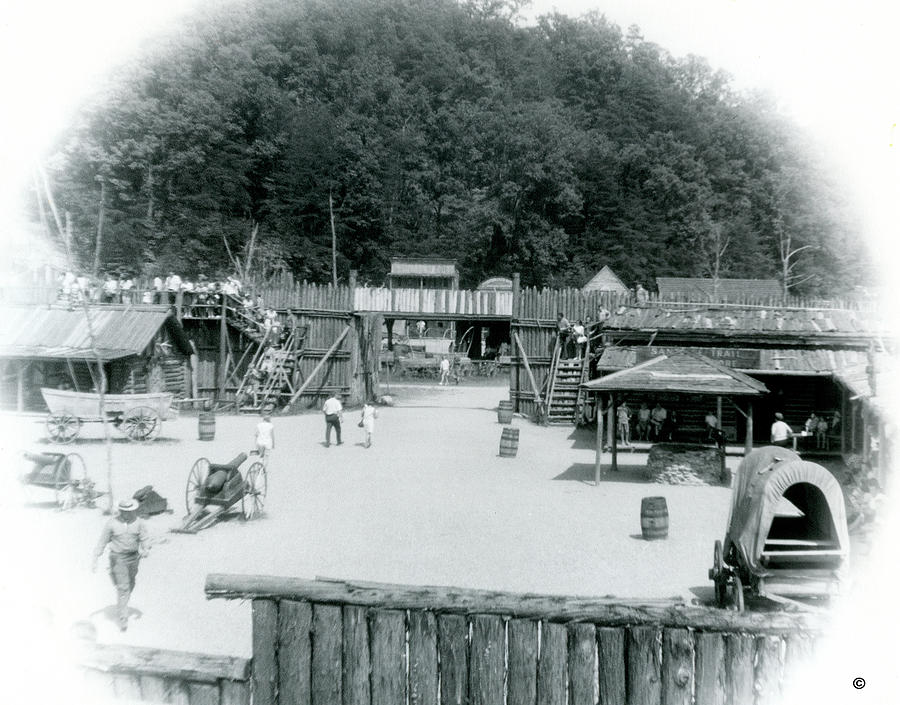

Read: Has America given up on the dream of racial integration?

“It’s to go get some bread.” That’s why, although McKissick had no desire to exclude white people, his dream was to build a city where Black Americans would call the shots, owning banks and businesses, running the police department and the school system, directing health care and social services. “If a Black man has no bread in his pocket, the solution to his problem is not integration,” McKissick liked to say. For Black people to be truly free, they needed power-economic power. Like many Black leaders, he realized that marches and demonstrations, lawsuits and legislation, could achieve only so much. Over the years, however, McKissick became frustrated by the slow pace of change. (Harold Valentine / AP / Floyd McKissick Papers) And he led nonviolent protests against segregated buses, lunch counters, dime stores, ice-cream parlors, swimming pools, bathrooms, and water fountains for two decades.įrom left to right: Floyd McKissick stands in the empty fields of Warren County, NC in 1974 a tract plan for the first phase of Soul City. His children desegregated Durham public schools in 1958. He integrated the University of North Carolina Law School in 1951. “If white America does not respond to peaceful protest,” he wrote in his book Three-Fifths of a Man, “Black People will be forced to work for their liberation through violent revolution.” But he had also spent his entire life challenging racial barriers. It is true that he had emerged as a spokesperson for Black Power and that his rhetoric was often inflammatory. In reality, McKissick’s dream was about economic equality, not separatism. As one southern newspaper put it, “How terribly tragic it would be should all civil rights roads cut in the past twenty years lead to Soul City-a Camelot built on racism.” This played well in certain circles, but to many who had fought for integration, or at least come to accept it, Soul City seemed like a step backward. For that reason-and because of its name-Soul City was quickly branded an experiment in Black nationalism, a sort of domestic Liberia. Although Soul City was meant to be integrated, McKissick made clear that his main goal was to help Black people, especially the poor and the unemployed. Perhaps the biggest obstacle was the idea itself. This piece is adapted from Healy’s recent book. It also lay smack in the middle of what one roadside billboard boldly proclaimed “Klan Country.” And the site he chose was an unlikely location for an urban utopia: 5,000 acres of farmland in one of the poorest parts of the state, with no water or sewer systems, no paved roads, and no electrical grid. He was a fiery speaker and a visionary leader, but he had neither the experience nor the resources needed to build a city. McKissick’s unrealized dream offers a window into the struggle for racial equality and the many forces-social, political, and economic-that continue to stand in the way.Ī lawyer by profession, McKissick rose to prominence as the head of the Congress of Racial Equality, one of the foremost civil-rights groups of the 1960s. The history of Soul City is worth remembering as the country continues to grapple with the legacy of segregation and slavery. Most people, even in North Carolina, have never heard of it.

In the four decades since, Soul City has quietly faded into oblivion, becoming a modern-day ghost town. When development stopped 10 years later, there were just 135 jobs and 124 full-time residents. Soul City never came close to those projections. He projected that by the year 2000, it would boast 24,000 jobs and a population of 50,000. The city would be dedicated to Black economic empowerment, McKissick envisioned, bringing money and opportunity to an area left behind by the modern economy and reversing the exodus of Black people to the northern slums. If not for the concrete monolith with the words Soul City cast in red iron, you might not know this was supposed to be a city at all.īut that’s what the civil-rights leader Floyd McKissick hoped to create when he arrived here in 1969 with dreams of transforming an old slave plantation into a new city an hour north of Raleigh.
#GHOST TOWN N.C CRACKED#
V isit Soul City, North Carolina, today, and you won’t find much: an abandoned health-care clinic stripped by vandals a pool and recreation center with a no trespassing sign a 1970s subdivision with streets that are cracked and crumbling and an industrial plant that has been converted into a prison.


 0 kommentar(er)
0 kommentar(er)
